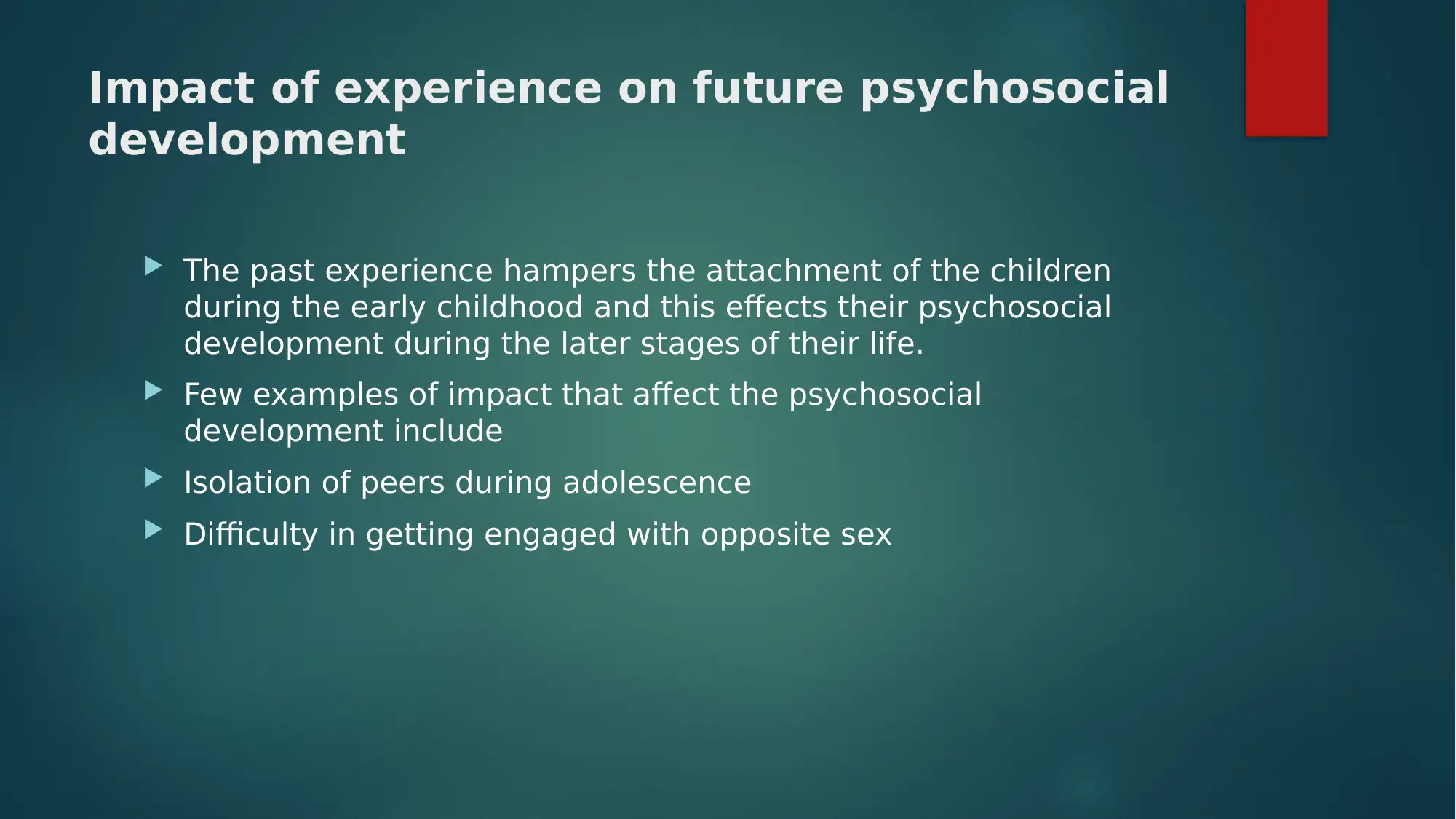1804NRS: Secure Attachment & Psychosocial Development Across Lifespan
VerifiedAdded on 2023/06/03
|8
|814
|124
Presentation
AI Summary
This presentation explores the significance of secure attachment in early childhood, highlighting its profound impact on a child's social and emotional well-being. It references Bowlby and Ainsworth's attachment theories, explaining how a secure attachment fosters safety, confidence, and security, while insecure attachment can lead to difficulties in peer interactions, emotional regulation, and future relationships. The presentation further discusses how healthcare professionals, particularly registered nurses, can promote healthy attachment through child-centered care plans and parental education, emphasizing the importance of early intervention to prevent long-term psychosocial issues and promote overall well-being. This resource, contributed by a student, is available on Desklib, where you can find a wealth of study materials and solved assignments.
1 out of 8















![[object Object]](/_next/static/media/star-bottom.7253800d.svg)